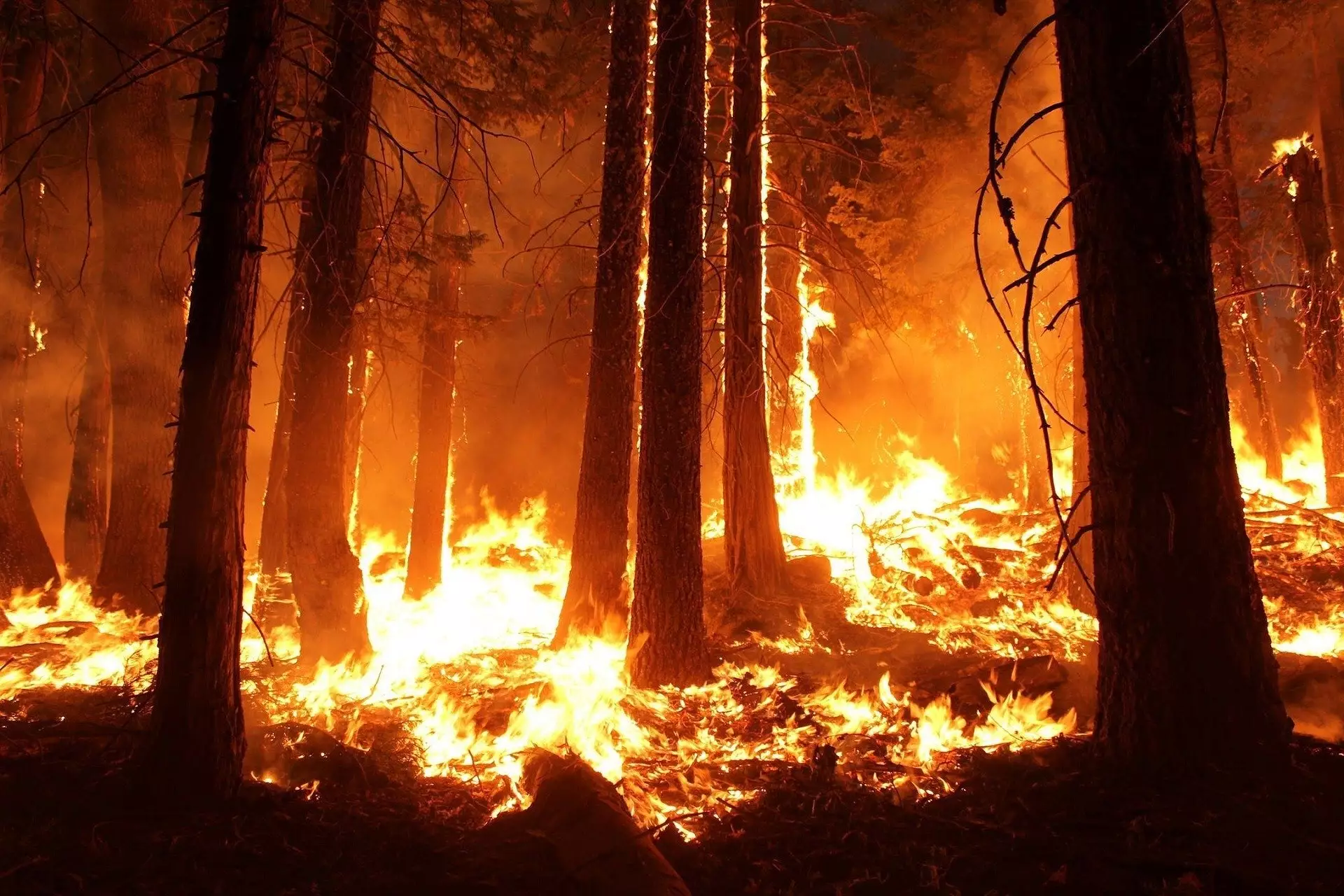In recent years, the frequency and intensity of forest fires have intensified dramatically, leading to serious environmental ramifications. An extensive study utilizing satellite data, spanning from 2003 to 2016, has shed light on the relationship between these destructive events and land surface warming. As climate change unfolds, it’s increasingly clear that larger and more frequent fires are not only devastating ecosystems but also contributing to a warming trend in our landscapes—particularly in regions such as the western United States and eastern Spain, where fire events have increased dramatically.
Conducted by researchers including Chao Yue and his team, the analysis included satellite observations from northern temperate and boreal forests, situated between latitudes 40° N and 70° N. The findings indicated a notable warming trend in the year following significant fire events. Though past studies have hinted at such warming, the mathematical models employed in this research revealed a critical nuance: the size of the fire played a crucial role in magnifying surface warming. This insight points to a feedback loop wherein larger fires could lead to increased land surface temperatures, thereby exacerbating the very conditions that foster future fires.
One of the critical mechanisms at play involves evapotranspiration and surface reflectivity changes after fire incidents. Research corroborated the hypothesis that a year following a fire, the land absorbed more solar radiation while releasing less moisture, consequently escalating surface temperatures. This process is particularly pronounced following larger fires, which cause more significant vegetation loss. The implications of these changes are profound, as they may create a drier, more fire-prone environment in susceptibility to future conflagrations.
Interestingly, the study highlighted regional disparities in surface warming effects, particularly in western, central, and southeastern Siberia and eastern Europe, where mixed and deciduous forests flourish. These types of forests may possess inherent qualities that make them more resilient to fire-induced warming, a factor worth exploring in future studies. This raises critical questions: How do the characteristics of various tree species alter fire dynamics? And could an increase in broadleaf trees serve as a viable strategy for mitigating surface warming post-fire?
Faced with escalating temperatures and increased fire frequency, it is essential that we reevaluate our forest management strategies. The prospect of leveraging the benefits of broadleaf trees to lessen post-fire surface warming presents a promising avenue for enhancing forest resilience. Moving forward, research must prioritize understanding the interplay between different tree species and their ability to influence surface temperatures after wildfires. As climate dynamics evolve, proactive measures to adapt forest compositions may be key to safeguarding our ecosystems from the dual threats of fire and warming.


Leave a Reply